I built a GA algorithm to solve the TSP.
It's in an exercise in Norvig's book (AIAMA). He suggested we read the Larrañaga's view on the problem for representations and such. I learned the some cross over operators and mutations there and tried out a few of them to see which suited me better. I also elaborated a fitness function based on the cost of each path.
Well, despite all that I have a question about my algorithm design, I had never worked with AI before so I don't know if my approach is a valid one for GAs.
Here's what I did:
I took a vector of paths (my initial population)
and then at each loop I organized this vector by increasing cost order and took the best X paths in this vector and deleted the other paths.
I then apply XOver and Mutation (at a certain rate) and put them at the position of the old deleted values of the vector.
I then do the same (order vector - extract best etc)
and keep doing it until it stabilizes.
Is it a good approach ? If it isn't give me some north. Cause when I selected the best and didn't keep them (just created a whole new pop from them, via Xover and mutation) I didn't get good results. This way (keeping the best ones - in some experiments I kept only THE best one) I have better results and the result always converges and well fast
State representation : For state representation I chose to use the Path Representation (I was already using it from start and decided to stick with it after I read Larrañaga et all), it is as follows: if we have, let's say, 5 cities and visit the first city, then the second, then the third ... our path representation would be (1, 2, 3, 4, 5)
Initial population generation : Actually I'm generation random points to representing the cities (that's what the book asked me to do, generate random points in a closed square) - but for the sake of comparison I generated a population and stick with it when comparing the results - I think if I didn't stick with one particular population I wouldn't have much to know about my improvements
Best Fit Individuals : The best fit individuals are the one's that have the best traveling cost. (I don't know if I should have - in this problem - used something else as a parameter
crossover : I tried some crossover operators and compared my reuslts with the one presented in the book and ended up using one of the Order CrossOvers ( Larrañaga et al(1999) ): this crossover takes tow random cuts (forming a sub-path) fromboth parent paths and then copies the rest of the path (the cities not yet visited inside that sub-path) from the other parent (starting at the second cut, not at the position '0') - adding the cities they appear in the other parent.
example: paths (1 2 3 4 5) (3 4 2 1 5) choosing the sub-paths (234) and (421) we would have as offsprings (5 |2 3 4| 1) (5 |4 2 1| 3) <- the part inside the | | came from one parent and the other part from the other parent
mutation : For mutation I chose IVM (Inversion Mutation) approach. it takes a sub-path from the original path and inserts it back (inverted) at a random point.
example: path (1 2 3 4 5) sub path ( 2 3 4 )and random insertion after 5
generate : ( 1 5 | 4 3 2 )
